Nations around the world are rapidly developing high-power laser weapons for military missions on land and at sea, in the air and in space.
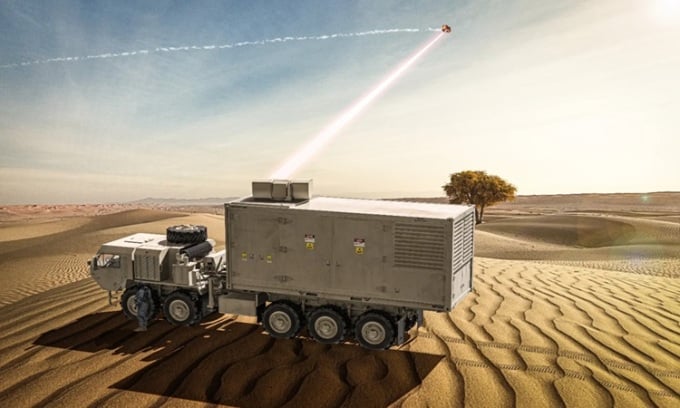
Laser weapon mounted on a truck. Photo: Popular Science
Images of swarms of small, cheap drones filling the sky or skimming the waves have inspired the military to develop and deploy laser weapons as an alternative to costly defenses like missiles, according to Iain Boyd, a professor of aerospace science and engineering at the University of Colorado Boulder.
Lasers use electricity to create photons, or particles of light. The photons pass through an amplifying medium, rapidly increasing the number of photons. All of these photons are focused into a narrow beam by a laser beam steerer, according to The Conversation .
In the decades since the first laser was introduced in 1960, engineers have developed a variety of lasers that produce photons at different wavelengths across the electromagnetic spectrum, from infrared to ultraviolet. High-power laser systems used in military applications are based on solid-state lasers, which use special crystals to convert the input energy into photons. A key feature of high-power solid-state lasers is that the photons are produced in the infrared region of the electromagnetic spectrum and are invisible to the naked eye.
When a laser beam interacts with a surface, it produces different effects based on the wavelength, the power of the beam, and the material of the surface. Low-power lasers produce photons in the visible region of the spectrum and can be used as light sources for pointers and for demonstrations at public events. These laser beams are so low-powered that they can be reflected from the surface without causing any damage.
Higher power laser systems are used to cut through biological tissue in many medical procedures. The highest power lasers can heat, vaporize, melt, and burn a variety of materials, and are used in industrial processes for welding and cutting. In addition to the power level of the laser, the ability to deliver a variety of effects is also determined by the distance between the laser and the target.
Laser weapons
Partly due to the development of high-power industrial lasers, laser weapons are increasingly being used by militaries. A fundamental advantage of high-power laser weapons is that they can operate continuously. Unlike traditional weapons such as guns, which have limited ammunition, high-power lasers can fire continuously as long as they have a power source.
The US military is deploying high-powered lasers mounted on trucks to shoot down a range of targets including drones, helicopters, mortars and missiles. The US Navy is using high-powered lasers on ships to defend against small, fast-moving surface vessels as well as missiles and drones. The US Air Force is developing high-powered lasers on aircraft for both offensive and defensive missions. Russia is also developing high-powered lasers on the ground to “blind” enemy satellites.
Limitations of laser weapons
A key challenge for units using high-power lasers is the amount of power required to operate at a distance. Unlike industrial lasers, which are just centimeters from their target, military operations involve much greater distances. To defend against a close-in threat like mortars or small boats, laser weapons need to hit their targets before they can cause damage.
But burning material at a safe distance requires a laser beam with power in the tens or hundreds of kilowatts. The smallest prototype laser weapon uses 10 kilowatts of electricity, about the same as an electric car. The latest high-power laser weapon under development requires 300 kilowatts of electricity, enough to power 30 homes. Because high-power lasers are only 50 percent efficient, they create enormous waste.
This means that high-power lasers require power generation and cooling infrastructure, which can limit the effectiveness of different platforms. Army trucks and air force fighter jets have the least amount of space for high-power lasers, so these systems are limited to relatively low-power targets such as sinking drones or disabling missiles. Large ships and aircraft can accommodate more powerful lasers capable of burning holes in boats and ground vehicles. Ground-based systems are the least constrained, so they have the most power and can engage missiles at a distance.
Another important limitation of high-power laser weapons that require a platform relates to operating time. Because the power supply for the laser must be carried by a truck, ship, or aircraft, the power supply limits the power capacity of the power source, and the laser can only be used for a limited time before needing to be recharged. Additionally, the effectiveness of laser weapons is reduced in rain, fog, and smoke, which can cause the beam to scatter. The laser beam also needs to lock onto a target for several seconds to cause damage.
In the future, laser weapons are likely to continue to develop with increased power levels, expanding the target range.
An Khang (According to The Conversation )
Source link




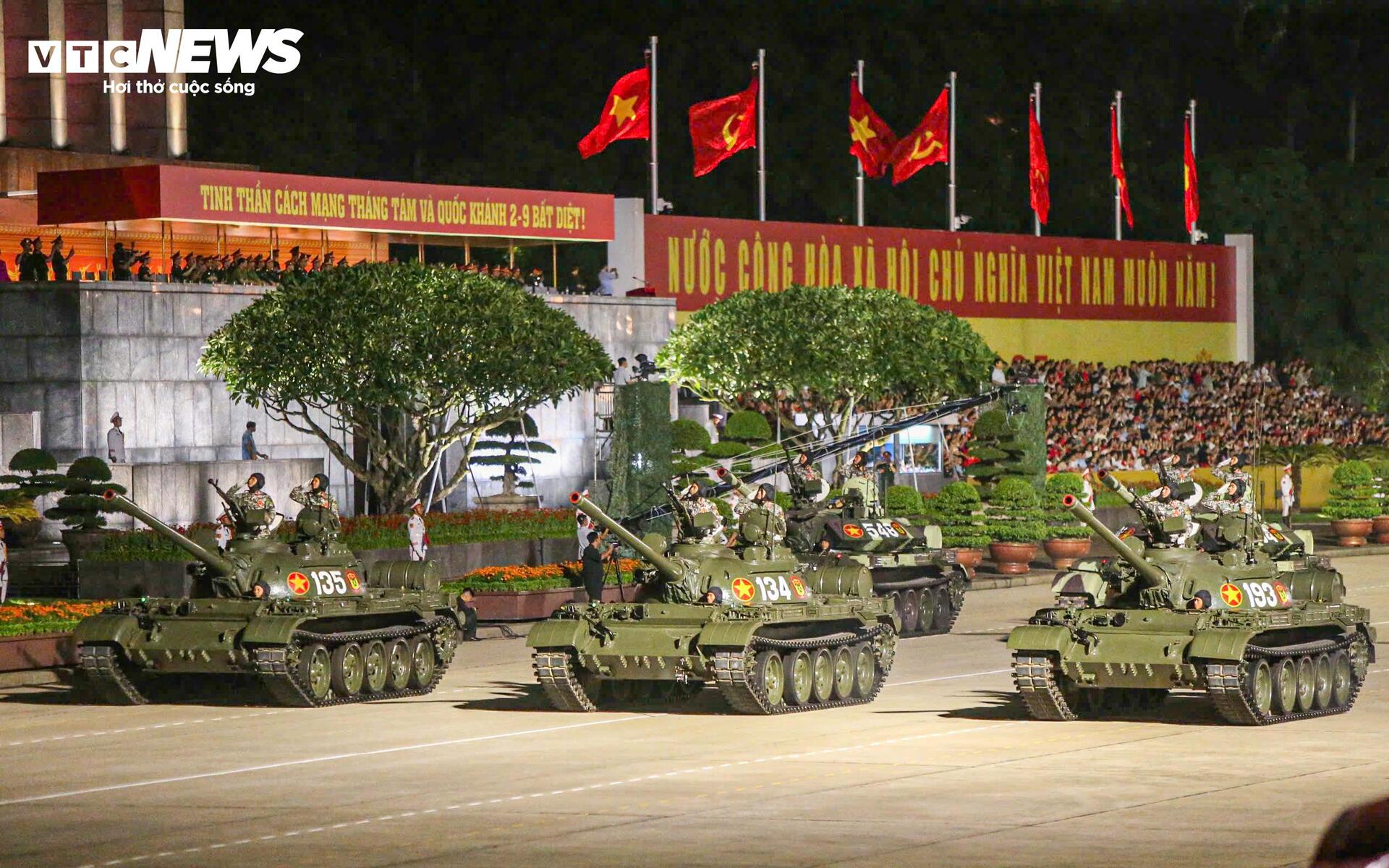
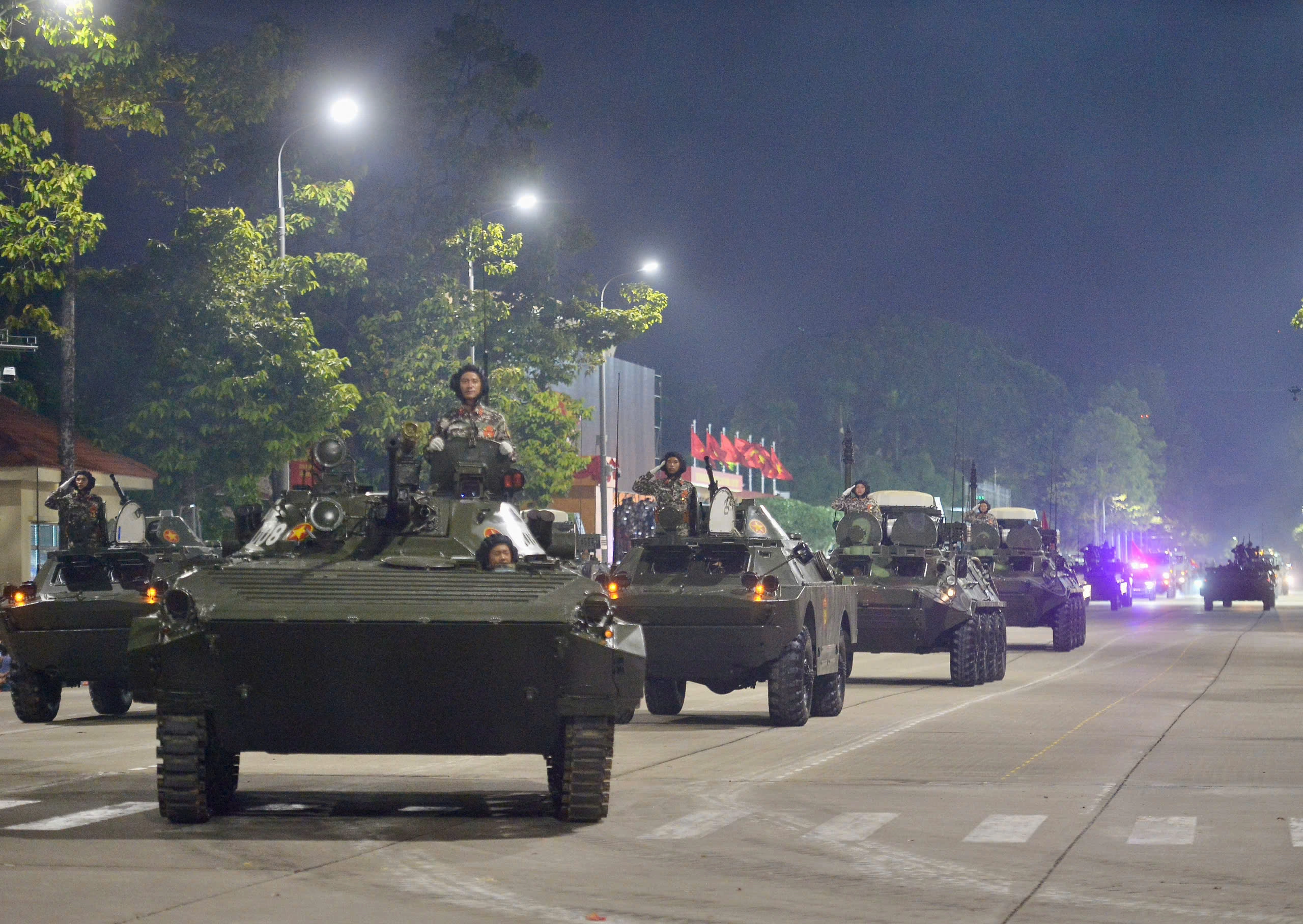


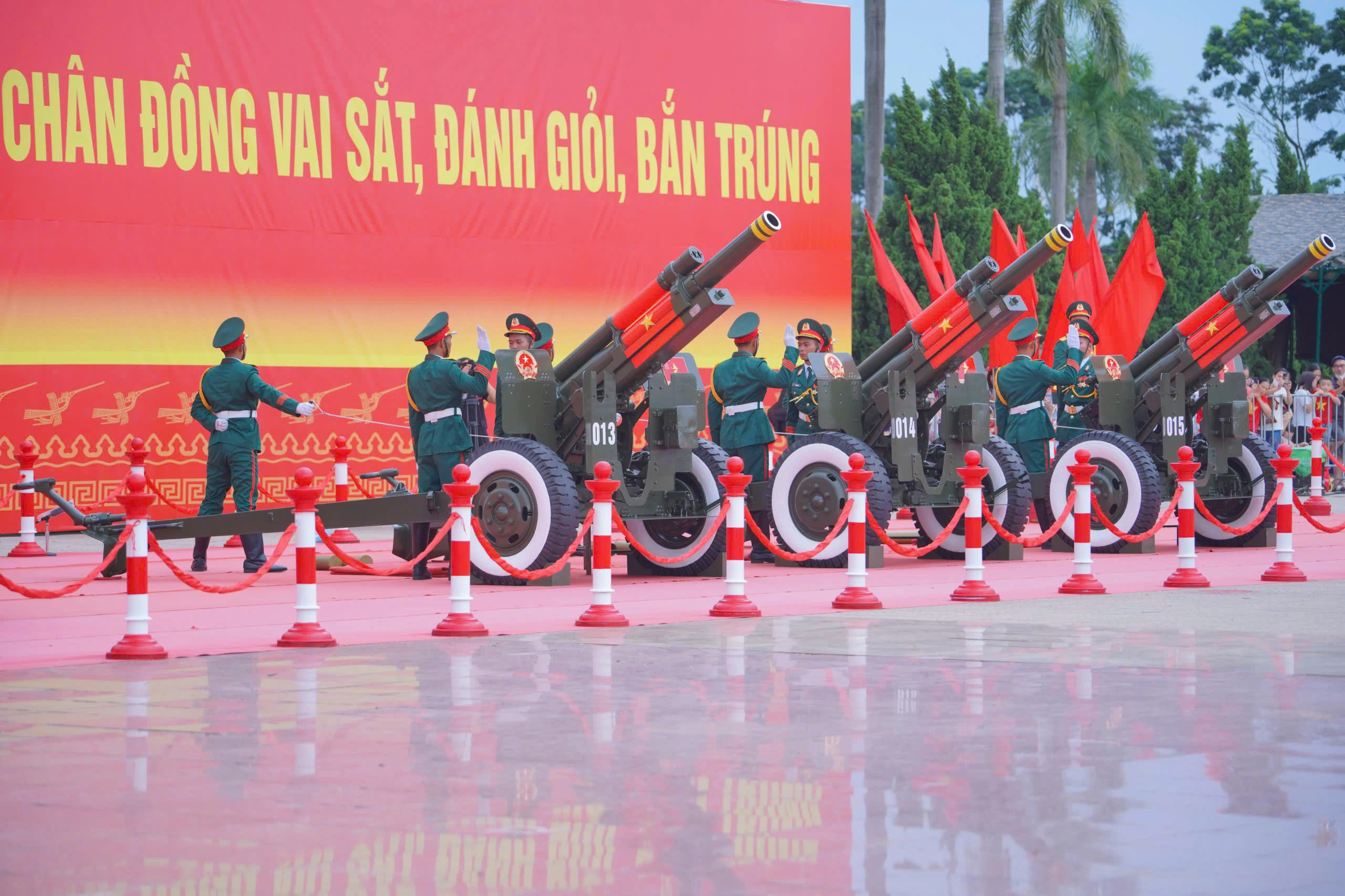
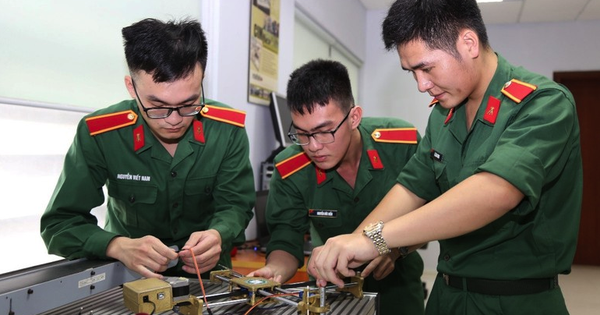



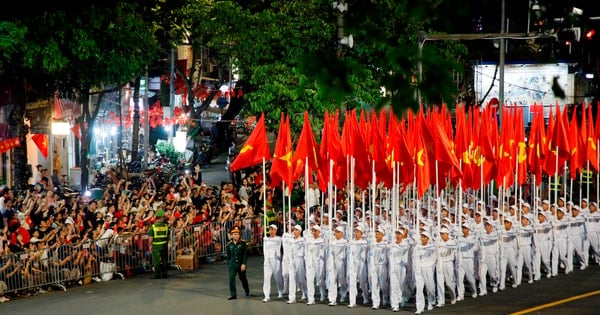



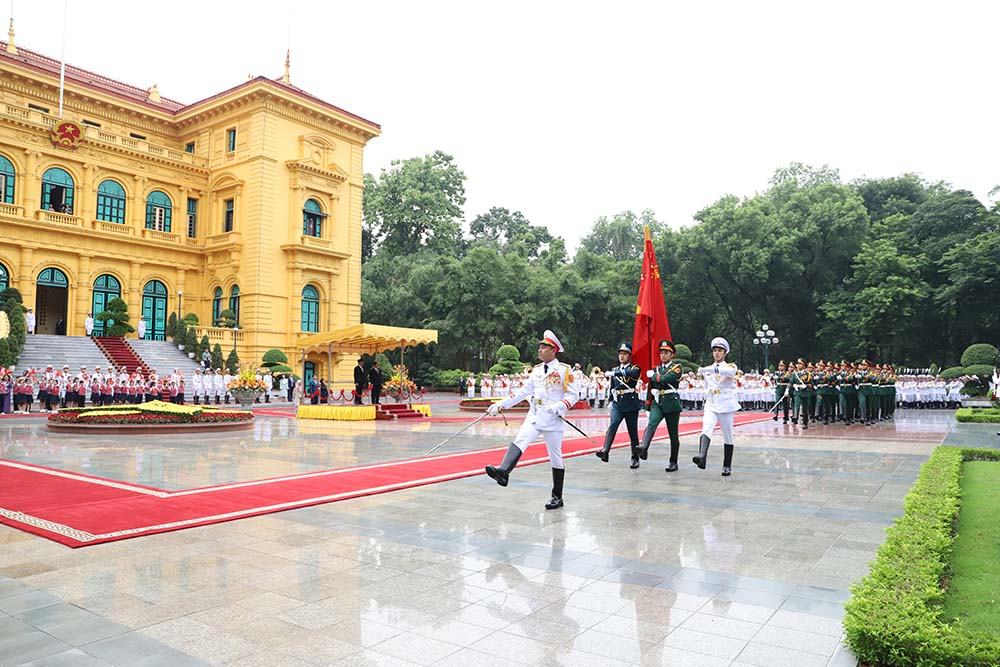
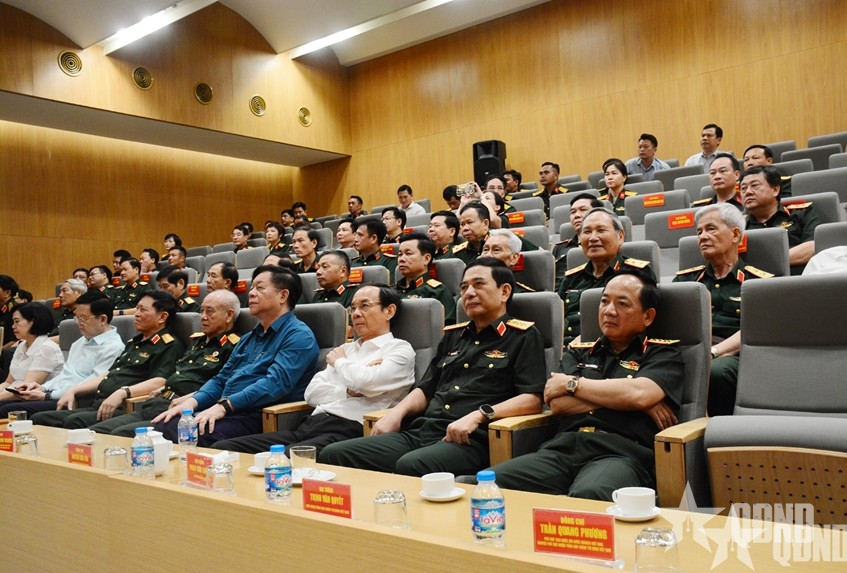






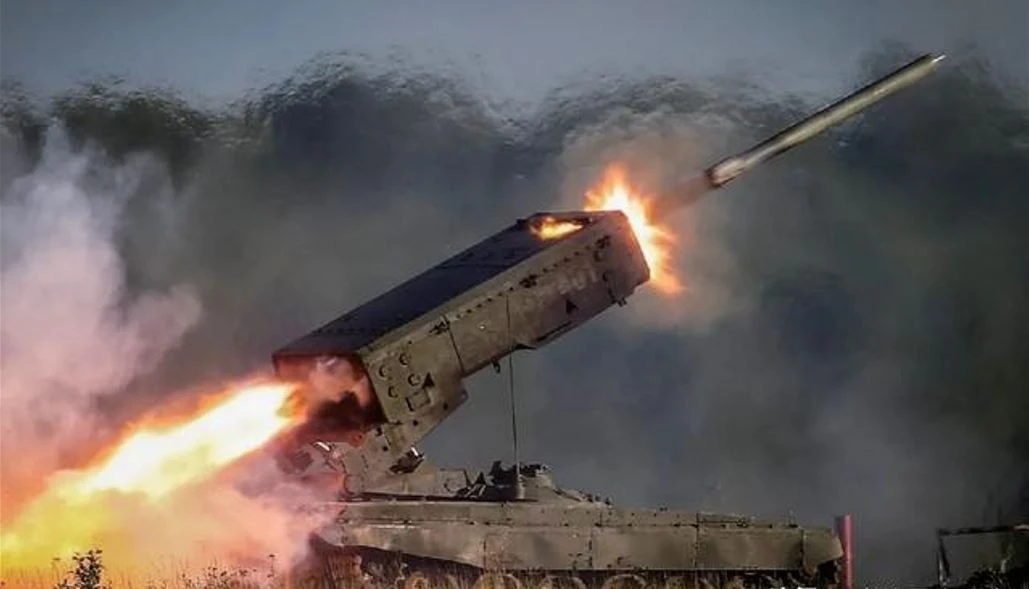


































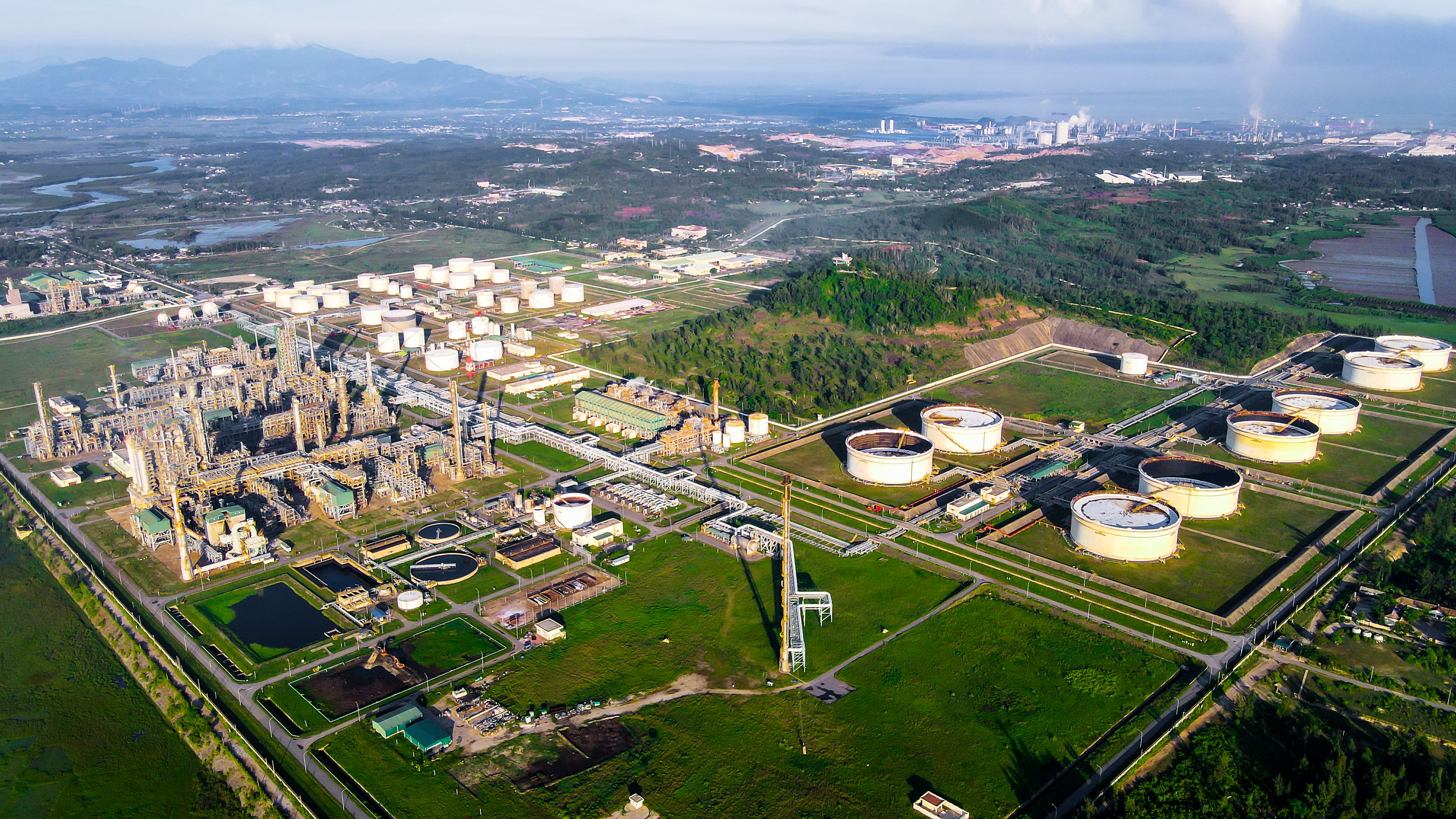










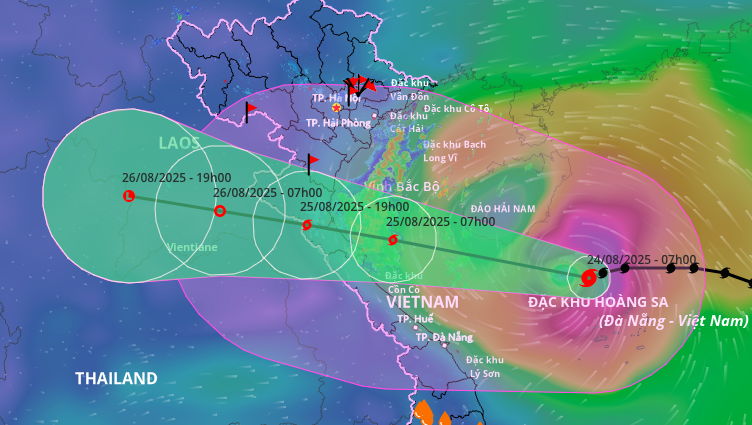


















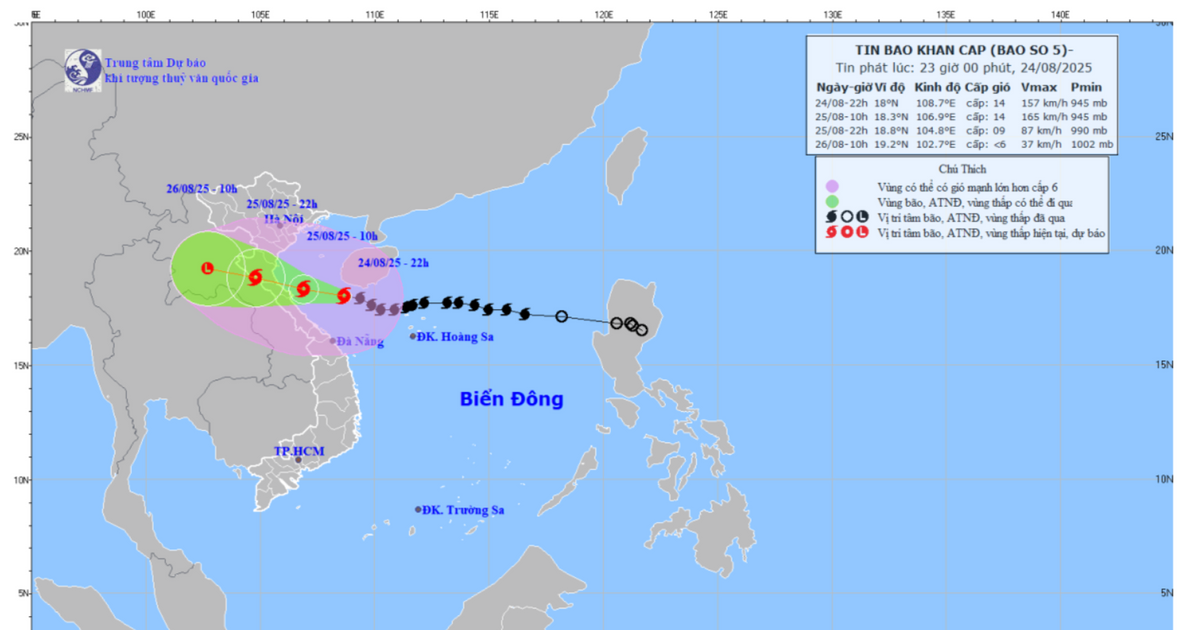


















Comment (0)